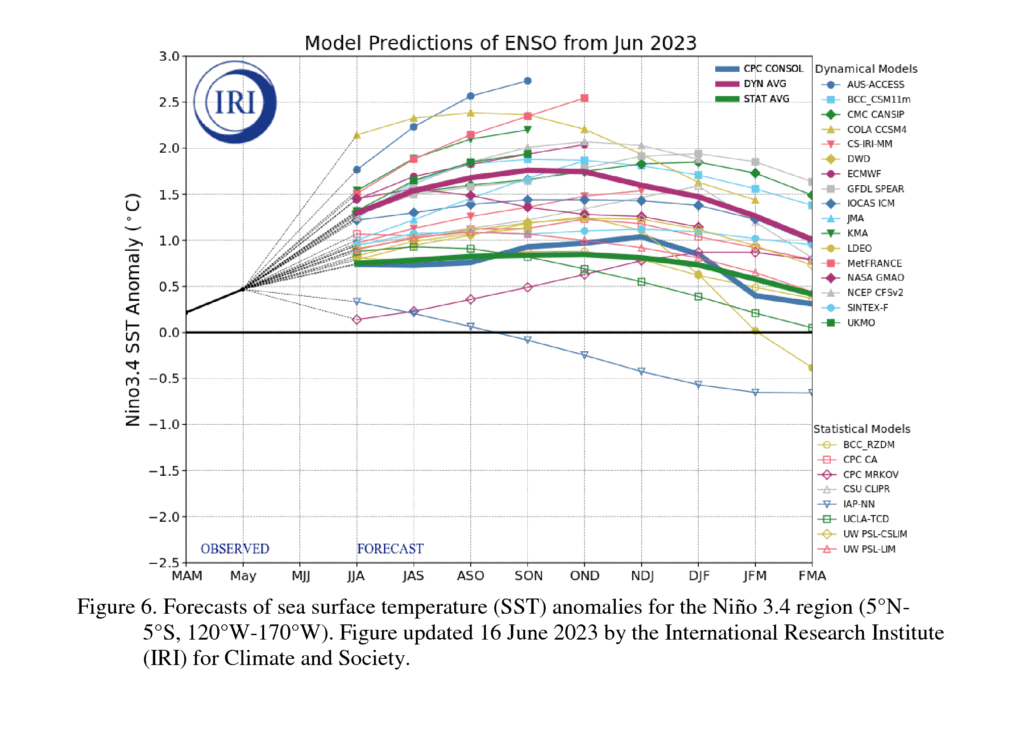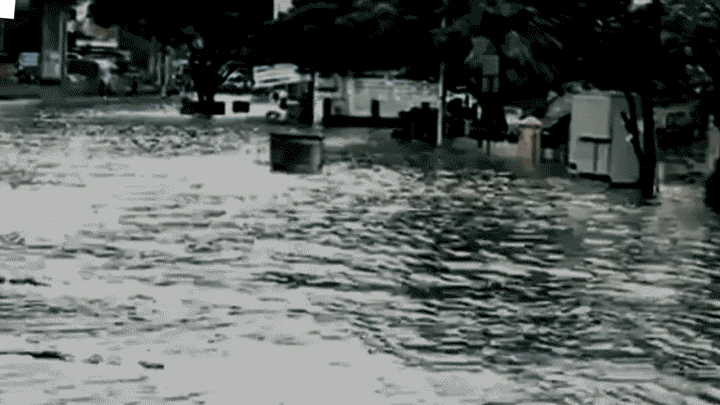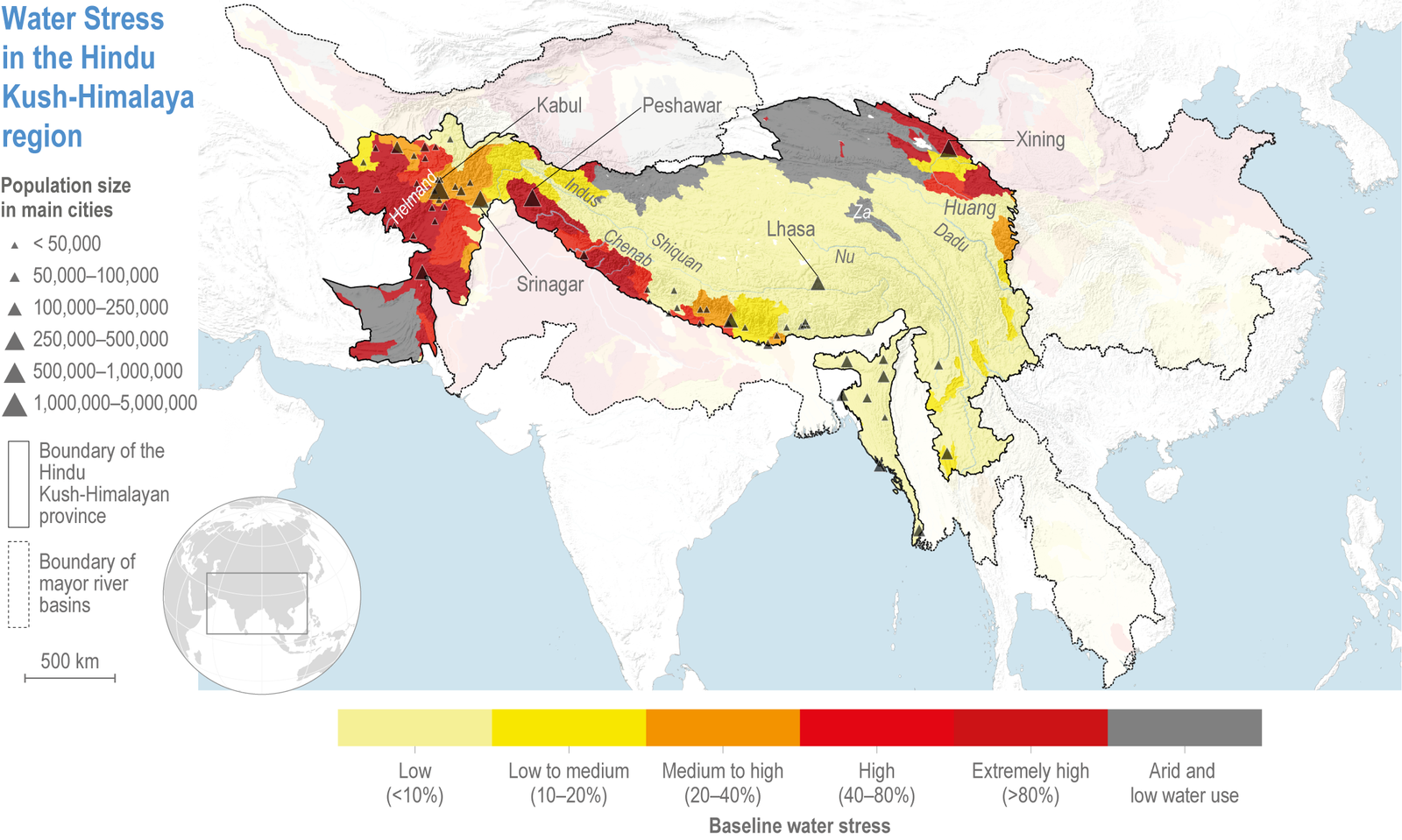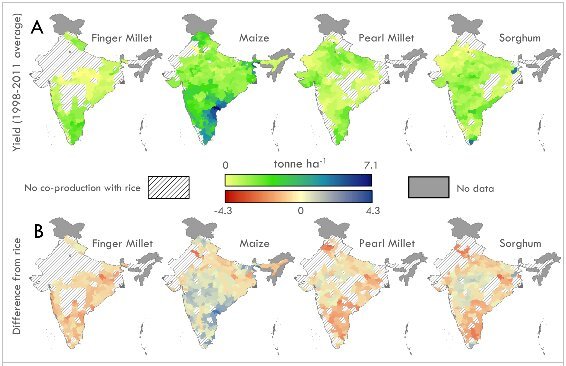When an El Niño develops in the (northern hemisphere) Spring, it often results in a delayed and weak monsoon. This year, after three years of La Niña, an El Niño has developed and is predicted to strengthen in the coming months.

Due to the above weather development the monsoon in India was three weeks late. This resulted in much less rain in the subcontinent during early June and an intense heatwave, with temperatures reaching 47°C in certain parts of Uttar Pradesh.
El Niño events have a significant impact on extreme weather events globally, affecting food production, water availability, and the overall well-being of both humans and ecosystems. The effects on agricultural production are a major concern for India and have significant implications.
El Niño events are linked to increasing temperatures, extreme heat, and unpredictable rainfall patterns in the subcontinent. In 2015, Chennai, a city in southern India, had an extremely heavy rainfall that broke a century-old record for the most rainfall in a single day.

This event has been attributed partly to the extreme El Niño event between 2014 and 2016. The torrential downpour resulted in over three million people being deprived of essential services, and the costs to the Indian economy were estimated at USD$3 billion.
Put simply, this means that the influence of El Niño on the Indian monsoon will become even stronger.
The Intergovernmental Panel on Climate Change’s sixth report has identified India as the Asian nation most at risk in terms of crop production due to climate change. This is due to the combination of predicted changes in rainfall patterns, prolonged droughts, heatwaves, and the amplified effects of El Niño on the Indian monsoon.


This highlights the importance of taking extensive measures to adapt and reduce risks in India because the collective impacts of these changes on agricultural production can compromise food and water security.
Reference- IPCC Report, National Geographic, BBC, CNN, Down To Earth






